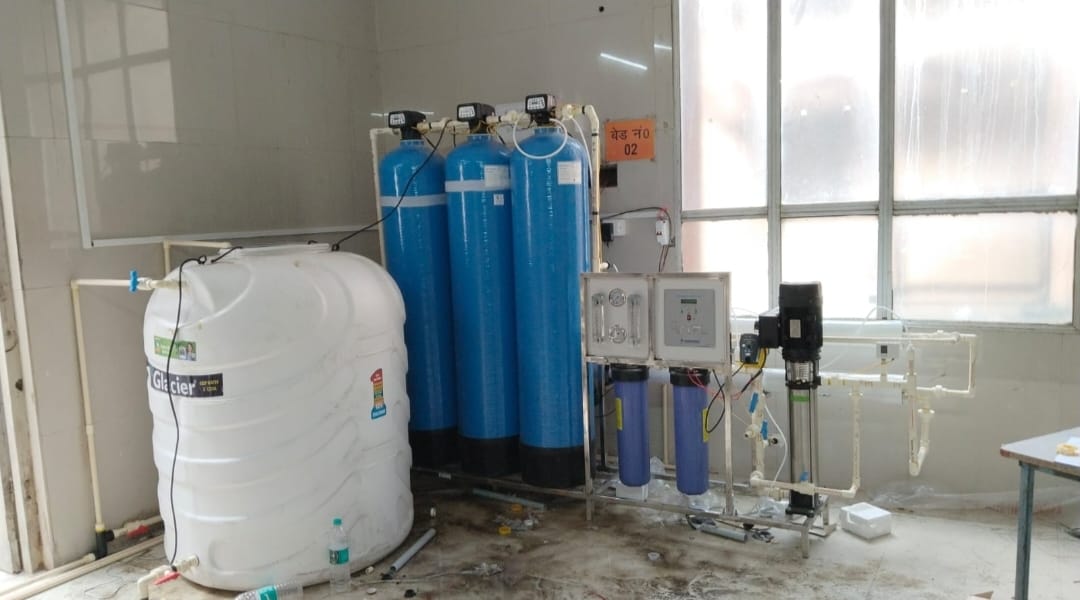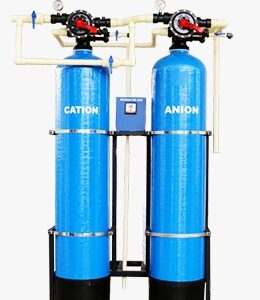Introduction :-
An RO (Reverse Osmosis) plant and a DM (Demineralization) plant work together to deliver high-purity water. Here’s a clear explanation of their roles and the benefits of combining them.
What is an RO Plant?
- An RO plant uses a semi-permeable membrane to remove dissolved salts, impurities, and contaminants from water.
- It is effective in reducing TDS (Total Dissolved Solids) and other impurities, but may still leave trace ions in the water.
-
What is a DM Plant?
- A DM plant removes all dissolved minerals (cationic and anionic impurities) from water using ion-exchange resins.
- It polishes water to achieve extremely low levels of conductivity and high purity.
-
Why Use a DM Plant After RO?
- Additional Purity: RO removes impurities, and DM completely demineralizes the water.
Cost Efficiency: A DM plant after RO increases the lifespan of ion-exchange resins by reducing the load.
Critical Applications: Industries like pharmaceuticals, power plants, and electronics use RO and DM systems to achieve ultrapure water.
- Additional Purity: RO removes impurities, and DM completely demineralizes the water.
-
Benefits of RO Plant with DM Plant
- High Water Purity: Provides water with very low TDS and no mineral content.
- Cost Savings: Reduces the need for frequent regeneration in DM systems.
- Wide Industrial Use: Suitable for industries with strict water quality standards.
- Better Efficiency: Extends the lifespan of both systems by dividing the workload.
Where is it used?
- Pharmaceutical manufacturing
- Boiler feed water
- Power plants
- Laboratories
- Electronics and semiconductor industries
By combining RO and DM systems, you get a cost-effective solution for producing ultrapure water for demanding industrial applications. Call us for more detail 9821006585





Reviews
There are no reviews yet.